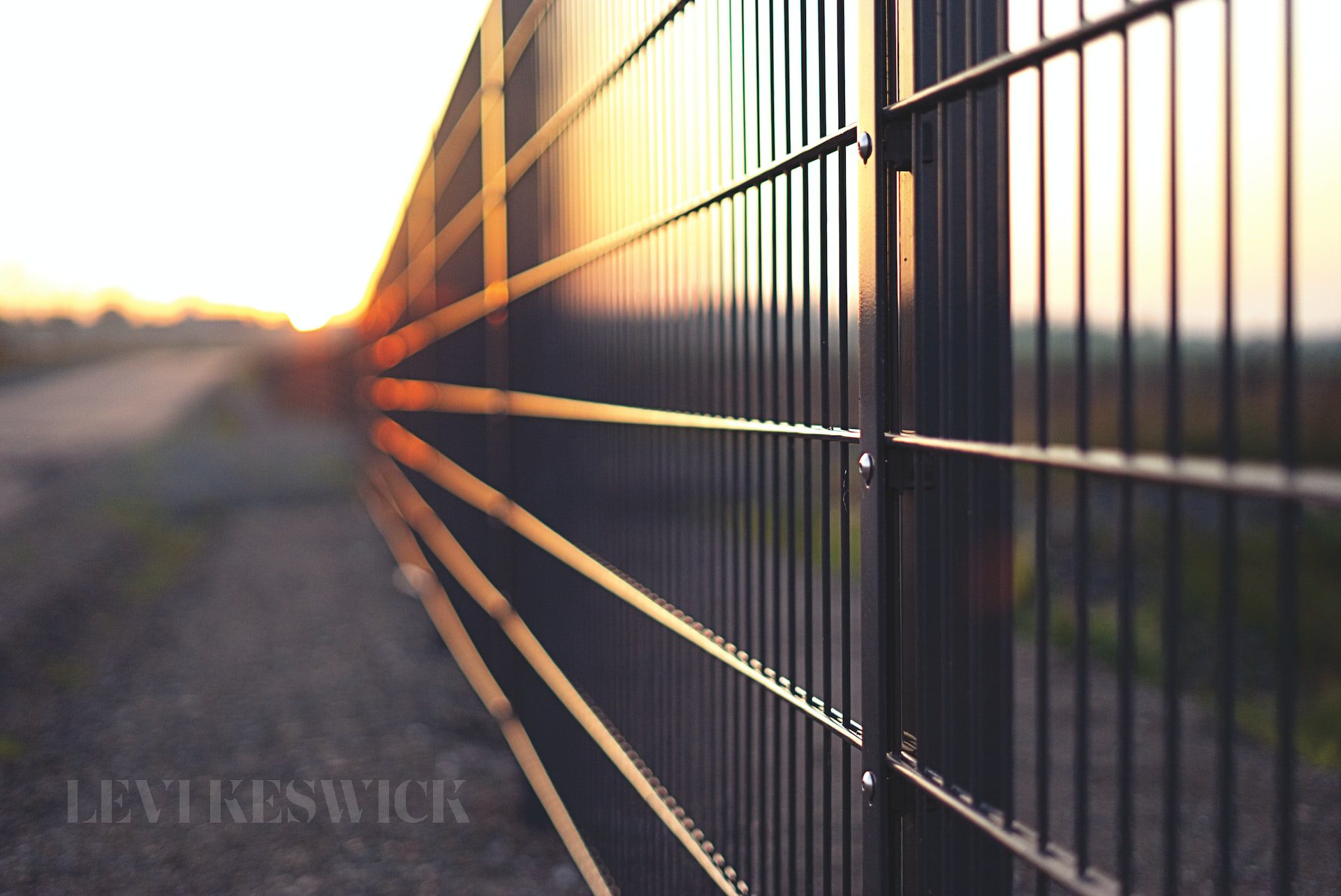When it comes to fencing your property, there are a lot of options to choose from. You can go with a traditional wood fence, or you might opt for something more modern like vinyl or aluminum. You also have the choice of installing the fence yourself or hiring a professional. In this blog post, we will give you some tips on how to build a fence at home, as well as some ideas on what type of fence might be best for your property. Let’s get started!

How Much Does Building A Fence Cost?
The cost of building a fence varies depending on the materials you use and the size of your property. If you’re looking to save money, you might want to consider using recycled materials or installing the fence yourself. However, if you want a high-quality fence that will last for years, it’s worth spending a little extra on professional installation and materials. You can also get Colorbond fencing estimate that will help you to compare the prices of different fencing options. Additionally, you can check with your local hardware store for pricing on materials.
What Type Of Fence Should I Choose?
The type of fence you choose should be based on your needs and the look you want to achieve. If you’re looking for privacy, a solid wood or vinyl fence might be the best option. If you want to add some curb appeal to your home, an ornamental metal or glass fence might be a better choice. You also need to consider the maintenance required for different types of fences. Wood fences, for example, require regular staining or painting to maintain their appearance, while vinyl and aluminum fences are virtually maintenance-free.
Installing Your Fence
Once you’ve decided on the type of fence you want, it’s time to start installing it. If you’re not confident in your DIY skills, we recommend hiring a professional fence installer. They will have the experience and expertise to get the job done quickly and efficiently. However, if you’re up for the challenge, installing a fence is a relatively easy process. You’ll just need to follow the instructions below.
1. Mark The Perimeter Of Your Property
Start by marking the perimeter of your property with stakes and string. This will give you a clear idea of where to dig the post holes. Before you start digging, it’s important to call your local utility companies to mark any underground lines or pipes. You don’t want to accidentally damage any electrical, water, or gas lines while installing your fence.
2. Gather Tools And Materials

Once you have the perimeter of your property marked, it’s time to gather the tools and materials you’ll need for the job. For most fences, you’ll need a post hole digger, shovel, level, tape measure, hammer, saw, and nails or screws. You’ll also need to purchase the posts, panels, and hardware for your fence. If you’re using a wood fence, you’ll need to buy lumber and stain or paint.
If you’re unsure of what type or size materials you need, your local hardware store can help you out. They can also give you advice on how to install the fence.
3. Dig Holes And Set Posts
Once you have all of your materials, it’s time to start digging the post holes. The depth and width of the holes will depend on the type of fence you’re installing. For most fences, the holes should be at least two feet deep and eight inches wide. Once you’ve dug the holes, it’s time to set the posts. Make sure to use a level to ensure the posts are plumb and straight. You can also use concrete to set the posts in place.
4. Install Rails To The Posts
After the posts are set and dry, it’s time to install the rails. For wood fences, you’ll need to nail or screw the rails into place. For vinyl and aluminum fences, the rails will snap or slide into place. Once the rails are installed, you can start attaching the panels.
5. Attach Panels And Pickets To The Rails
For wood fences, you’ll need to nail or screw the panels into place. For vinyl and aluminum fences, the panels will snap or slide into place. Once the panels are installed, you can start attaching the pickets. For wood picket fences, you’ll need to use nails or screws. For vinyl and aluminum picket fences, the pickets will snap or slide into place.
Now that you know how to build a fence at home, as well as some of the things to consider before starting the project, it’s time to get started! Building a fence at home doesn’t have to be difficult or expensive. With a little planning and some elbow grease, you can have a beautiful fence that will add value to your property. Thanks for reading!












